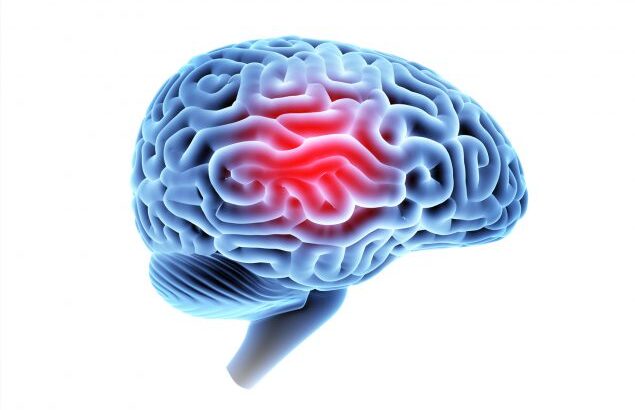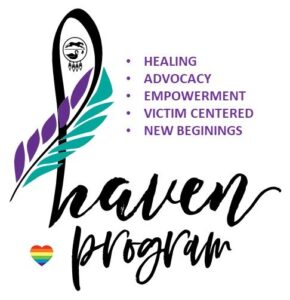Greater than 90% of all injuries, secondary to domestic violence, are to the head, neck, or face region.
I hope you will spend a few moments to read the following article from the National Indigenous Women’s Resource Center regarding Traumatic Brain Injury.
The National Indigenous Women’s Resource Center (NIWRC) and our STTARS Indigenous Safe Housing Center recognize March as Traumatic Brain Injury Awareness Month. Traumatic brain injuries (TBI) are commonly seen, discussed, and researched among combat veterans, football players, and other athletes. Yet,it has now been estimated that the number of women who have experienced TBI secondary to domestic violence (DV) is 11–12 times greater than those experienced by military personnel and athletes combined.[1] Given these disparate rates, the lack of education among health professionals, the criminal justice system, and DV advocates of TBI of domestic violence survivors, is devastating.
Many survivors have multiple, unhealed, undiagnosed, or misdiagnosed TBIs. This can potentially result in revictimization, lack of access to appropriate, integral services, and intensification of emotional, mental, and physical trauma. NIWRC and STTARS encourage everyone to take the opportunity this month to learn about TBIs’ intersection with DV and ways to identify possible TBIs. Staying informed about resources to support survivors with TBIs should be commonplace within our field. Basic information and resources are provided below to assist in this important learning journey.
What is a traumatic brain injury?
A traumatic brain injury (TBI) is an injury to the brain caused by physical trauma resulting from, but not limited to, incidents involving motor vehicles, sporting events, falls, and physical assaults.
A traumatic brain injury is defined as a specific type of damage to the brain that is caused by external physical force and is not present at birth or is degenerative. A blow (or blows) to the head, shaking of the brain, loss of oxygen (anoxia), colliding with a stationary object, and exposure to blasts can cause a TBI. Based on this definition, the use of physical force by an intimate partner during incidents of DV can cause TBI as abusive partners often cause injury to a victim’s head, neck (including strangulation), and face. In one study, 30% of DV survivors reported a loss of consciousness at least once and 67% reported residual problems that were potentially head-injury related.[2]
DV can lead to TBI through aggressive shaking, strangulation, a blow to the head (with a fist and/or heavy object) and falling/being thrown to the floor.[3]
While victims of intimate partner violence (IPV) are primarily adult women, both adult men and children can be victims of the severe physical violence that causes these injuries.
Unfortunately, the correlation between domestic violence, and TBI is still not widely included in data and statistics.
A survivor of DV or IPV may sustain a TBI without their knowledge, especially if there are no obvious signs of trauma or other TBI-related symptoms. Many individuals may not receive medical care or intervention, which can dramatically increase the odds of recurrent TBIs. Too often, TBIs are ignored or misdiagnosed as a mental-health issue. This can result in revictimization and more severe, long-term, and even permanent neurological damage.
TBI often goes undiagnosed amongst DV survivors. One reason for this is that DV survivors, who also have a TBI, may exhibit symptoms that could resemble those of a mental illness, such as depression, anxiety, tension, and/or inability to adapt to changing situations. Additionally, DV/TBI survivors may appear to have behavioral issues, including problems with keeping appointments, following through, or completing tasks that require multiple steps.[4]
Some common causes of invisible head injuries among DV or IPV victims:
- Objects striking the head or neck.
- Being pushed against a wall or other surface.
- Being pushed down a flight of stairs.
- Violent physical shaking; and
- Strangulation.
A TBI can result in impairments in cognition, language, memory, attention span, reasoning, abstract thinking, judgment, problem-solving, sensory, perceptual, and motor abilities, psychosocial behavior, physical functions, and/or information processing.
A TBI can make it more difficult for a victim of DV or IPV to leave their abuser and they may lack the ability to recognize or assess danger and respond to that danger.
Some may not even recognize they are experiencing issues related to a TBI because many of the associated symptoms are common in everyday life. The most widely reported TBI-related symptoms are headaches, dizziness, nausea, ringing in the ears, vision problems, severe brain fatigue, memory issues, anxiety, depression, and impairments in social communication.
To learn more:
- Watch: Traumatic Brain Injury and DV- What are the connections?
- Read / Download: Traumatic Brain Injury and Battering booklet from the NIWRC Resource Library.
Thank you for reading. Have a good weekend!
HAVEN Advocates are here to help!





